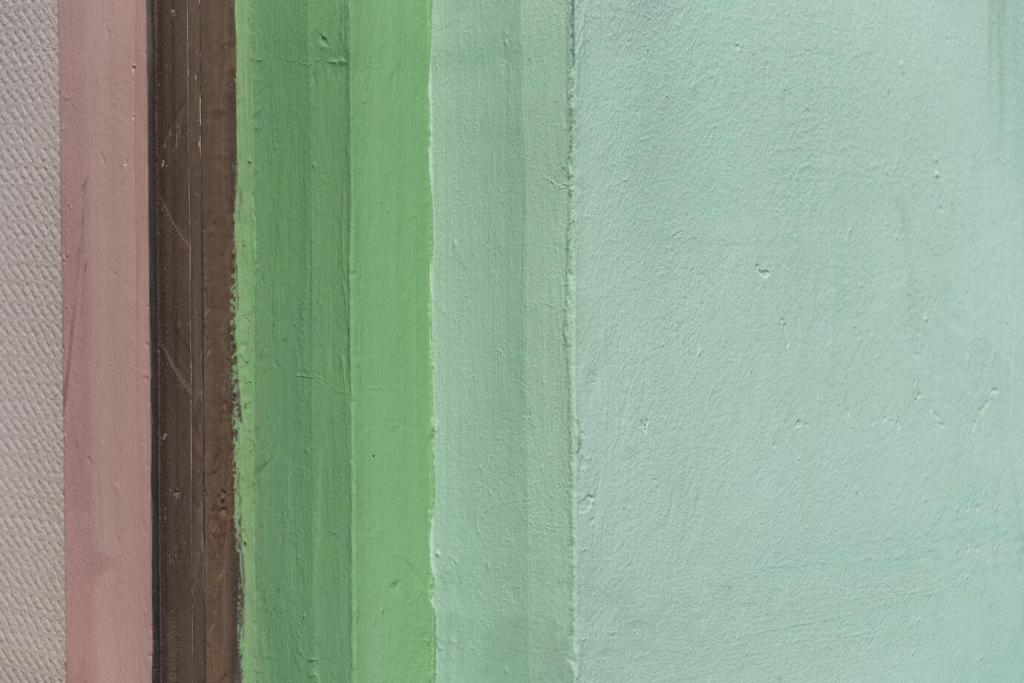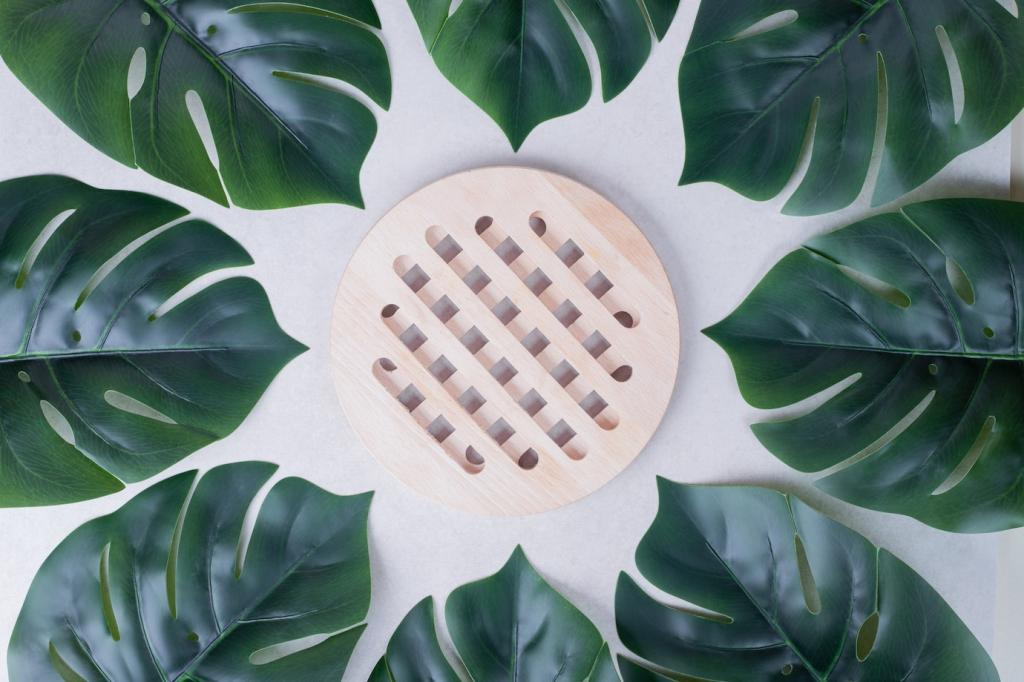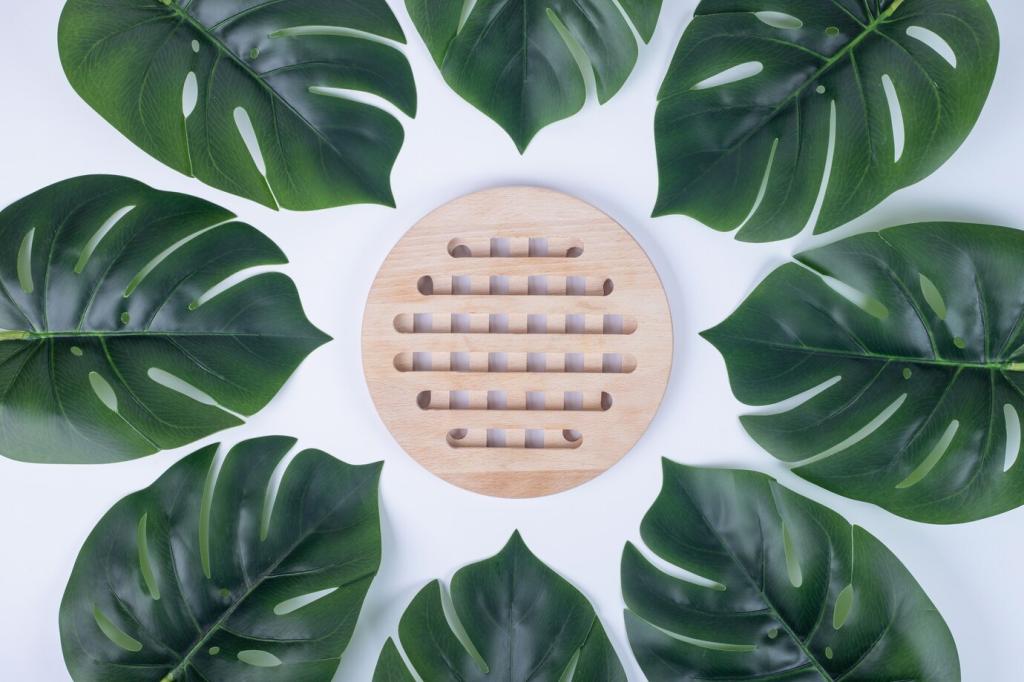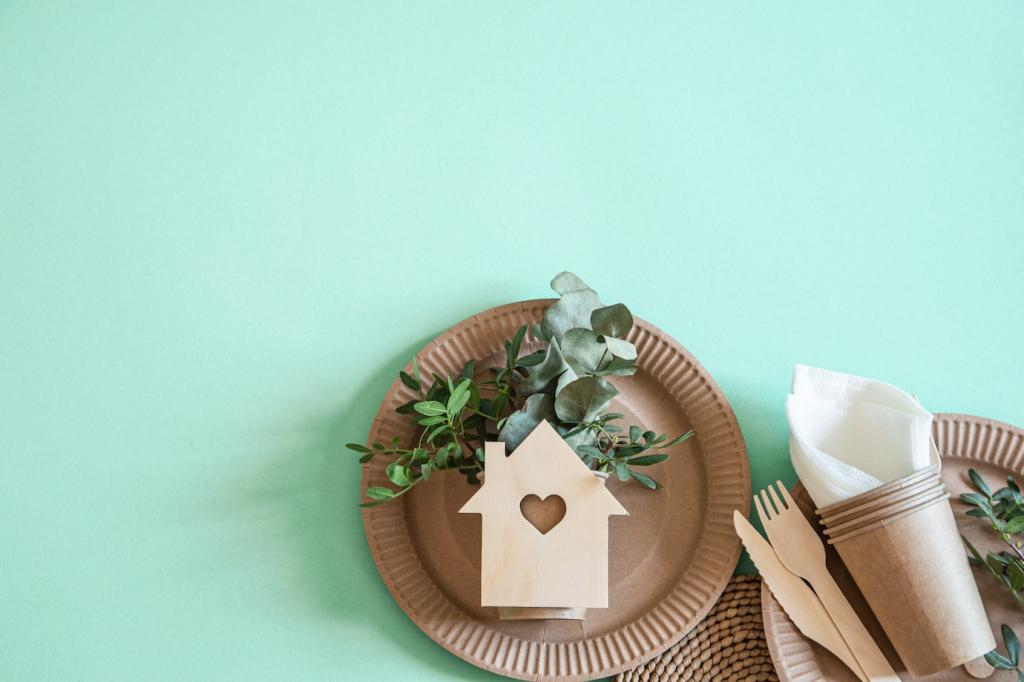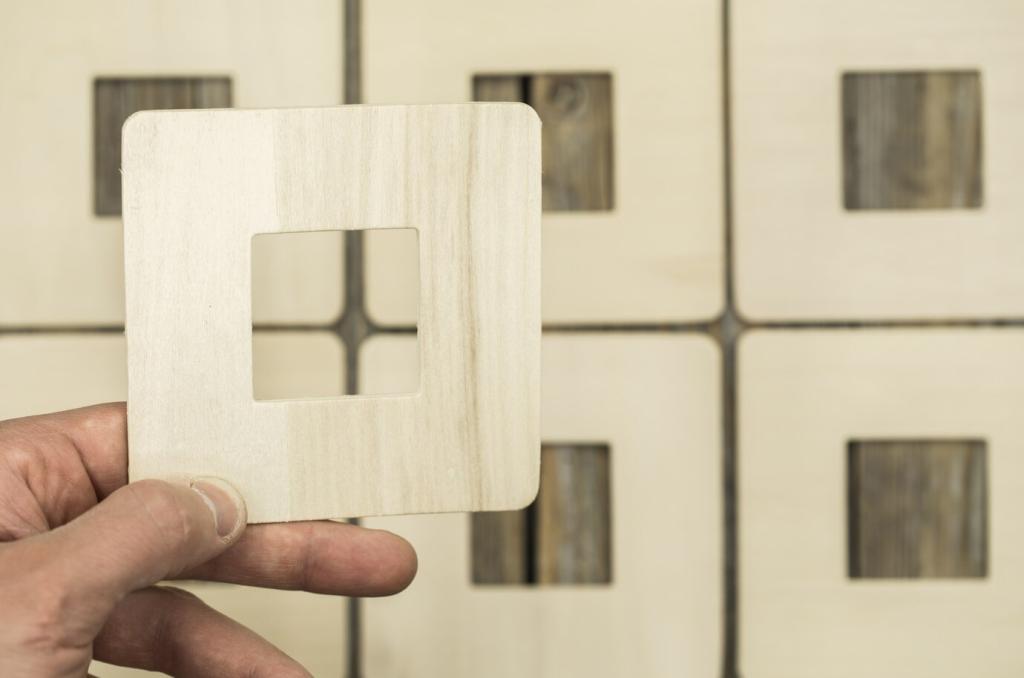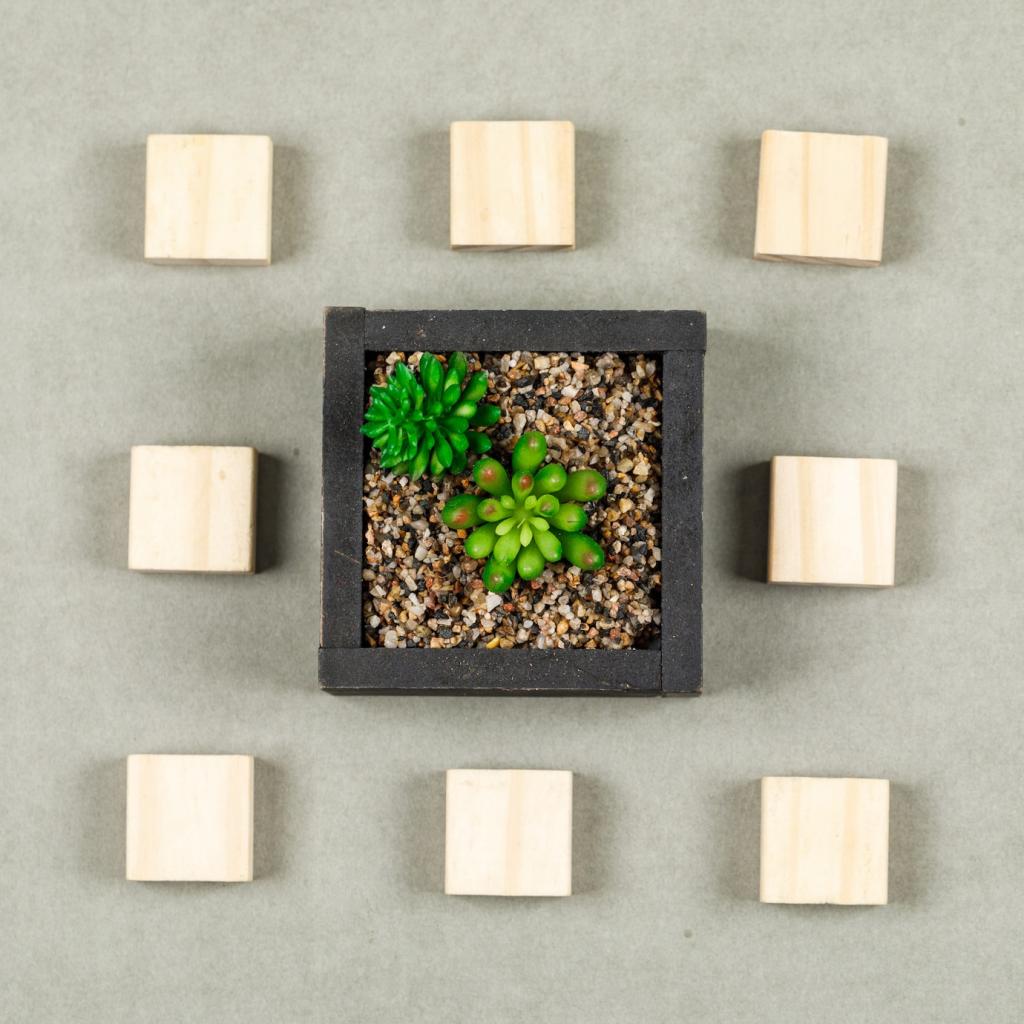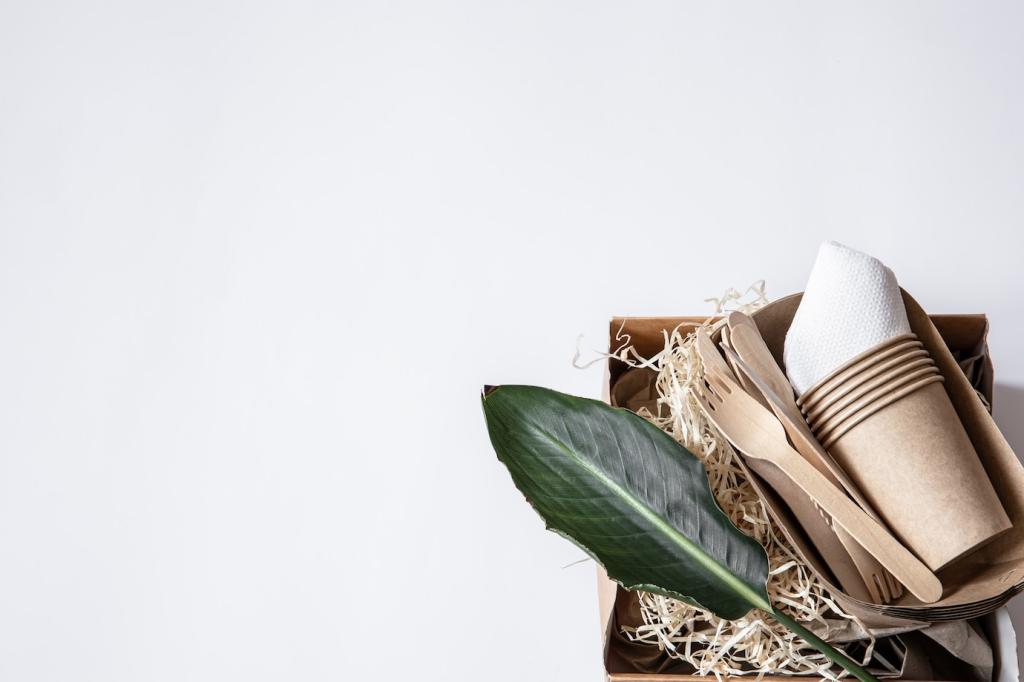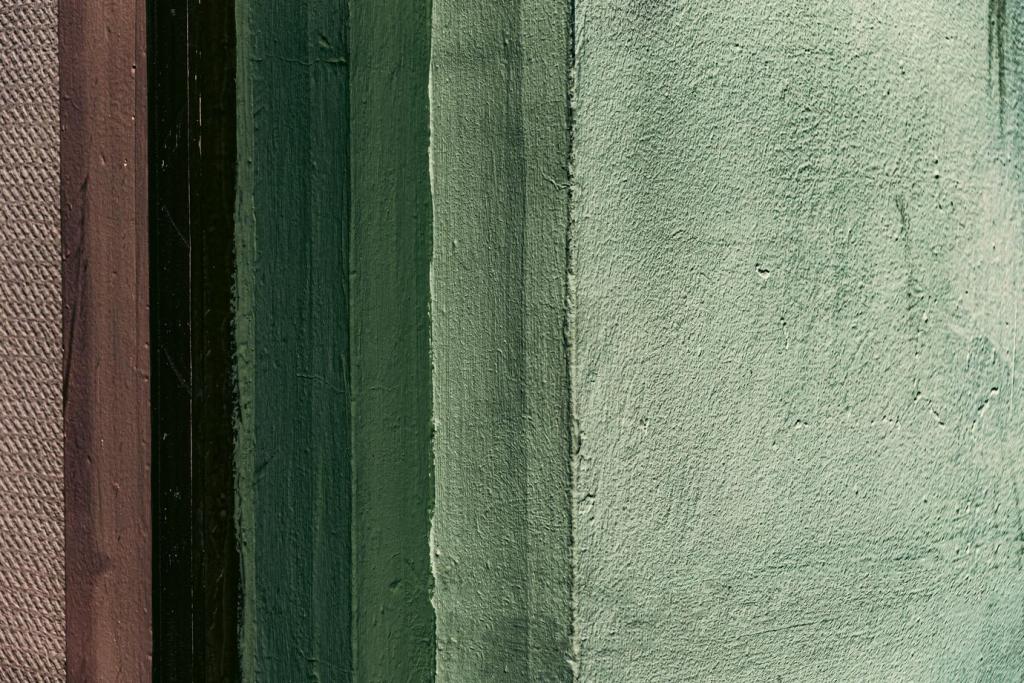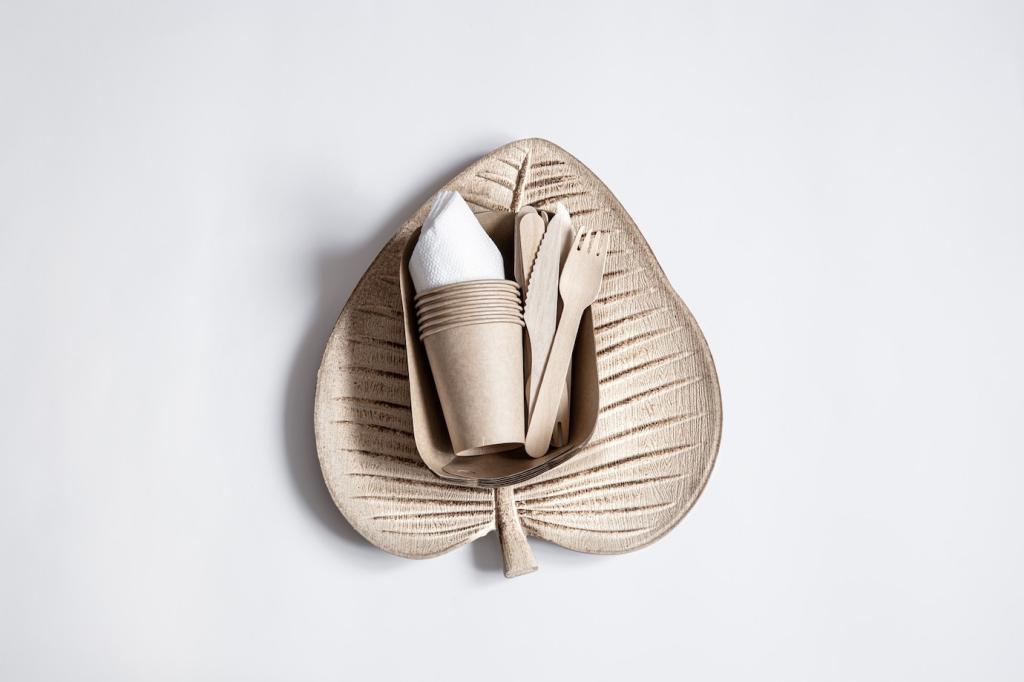Waterborne and Low‑VOC Topcoats
When a small studio switched from nitrocellulose lacquer to waterborne polyurethane, overspray smells vanished and neighbors stopped complaining. Transfer efficiency improved, cleanup simplified, and late‑night finishing became feasible. Have you made a similar switch? Tell us what changed most in your workflow and comfort.
Waterborne and Low‑VOC Topcoats
Raise the grain with a damp wipe, sand lightly to 320, and apply thin coats. Mind temperature and humidity to avoid blush. Use a synthetic bristle or foam for laying off edges. Comment with your favorite waterborne brand, and subscribe for our seasonal environment adjustment guide.


